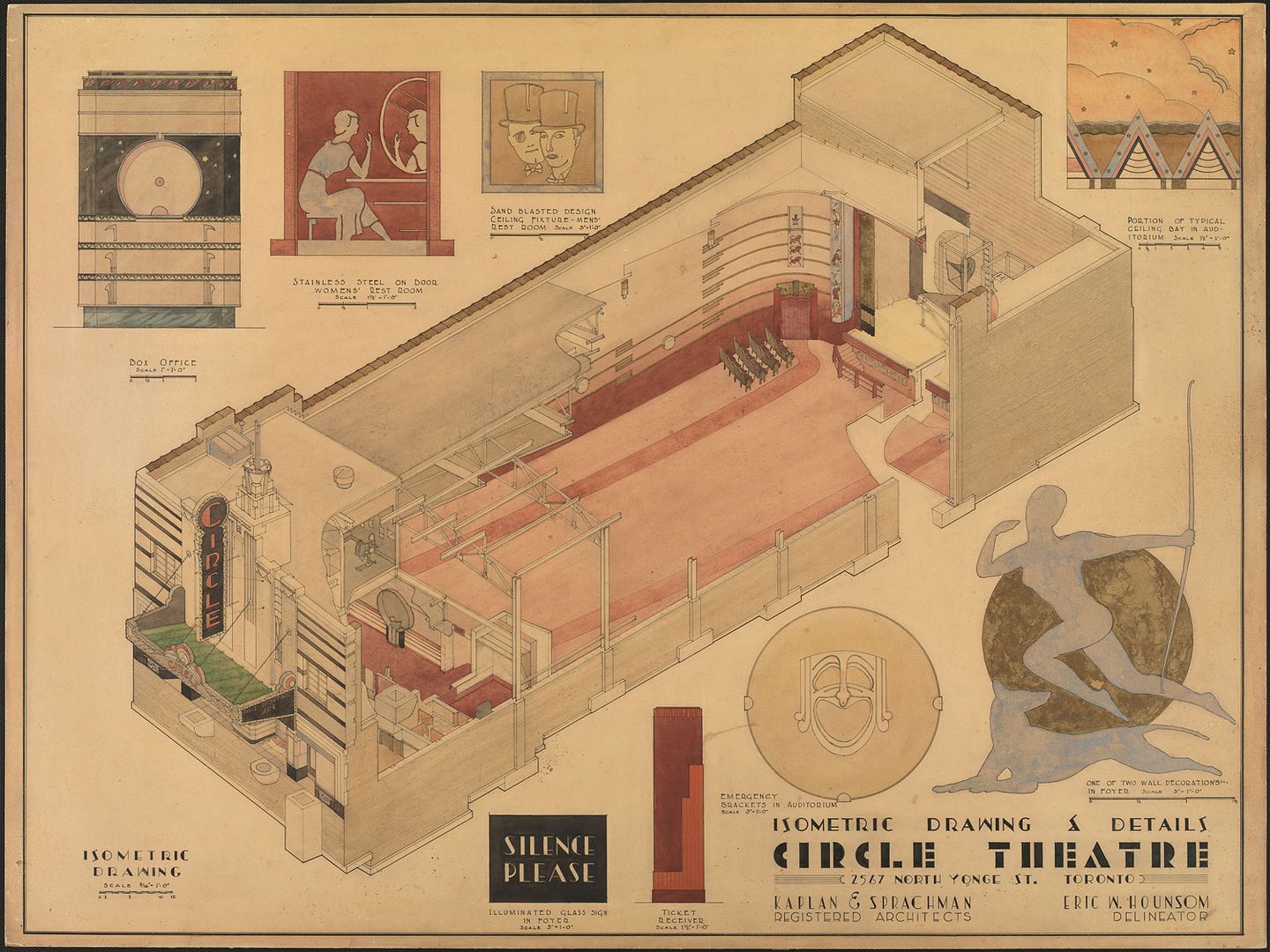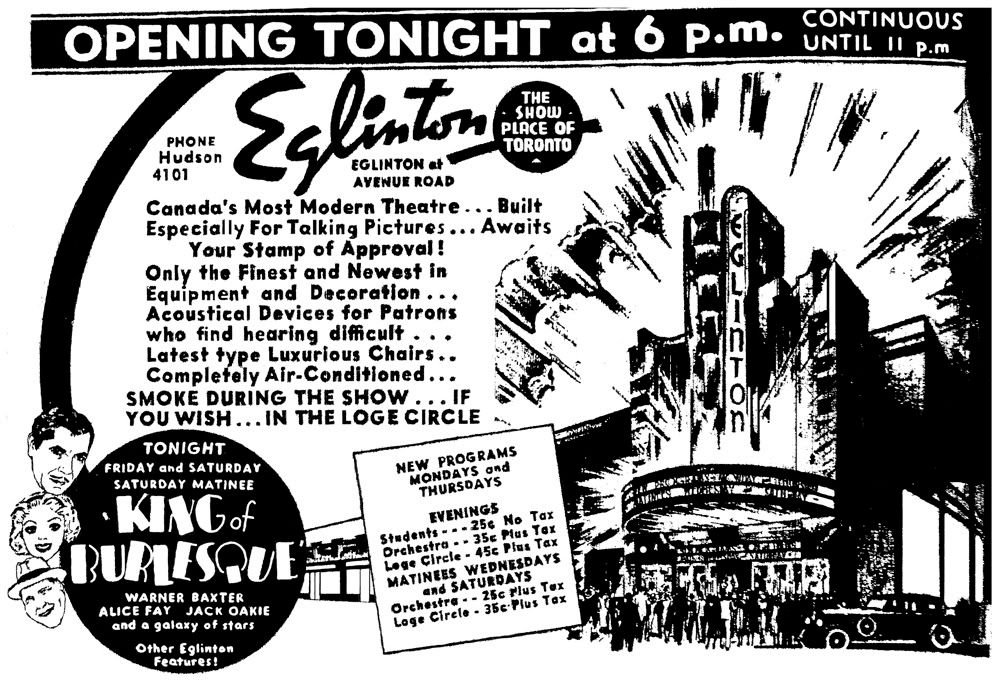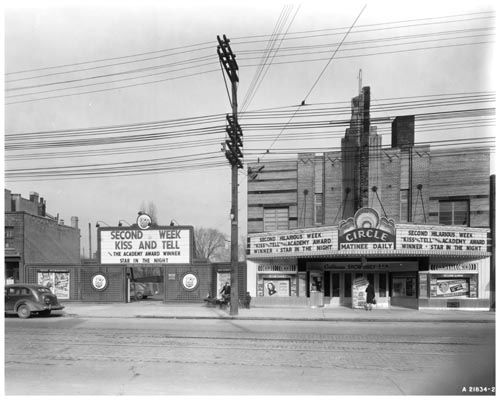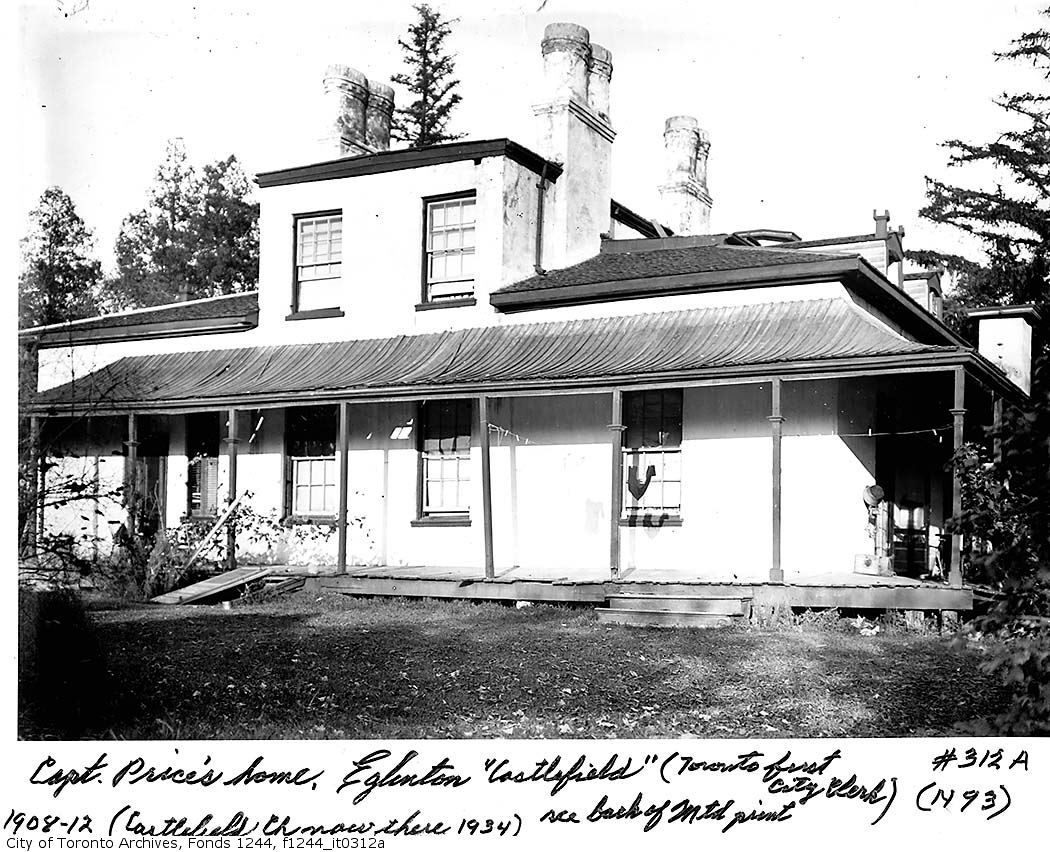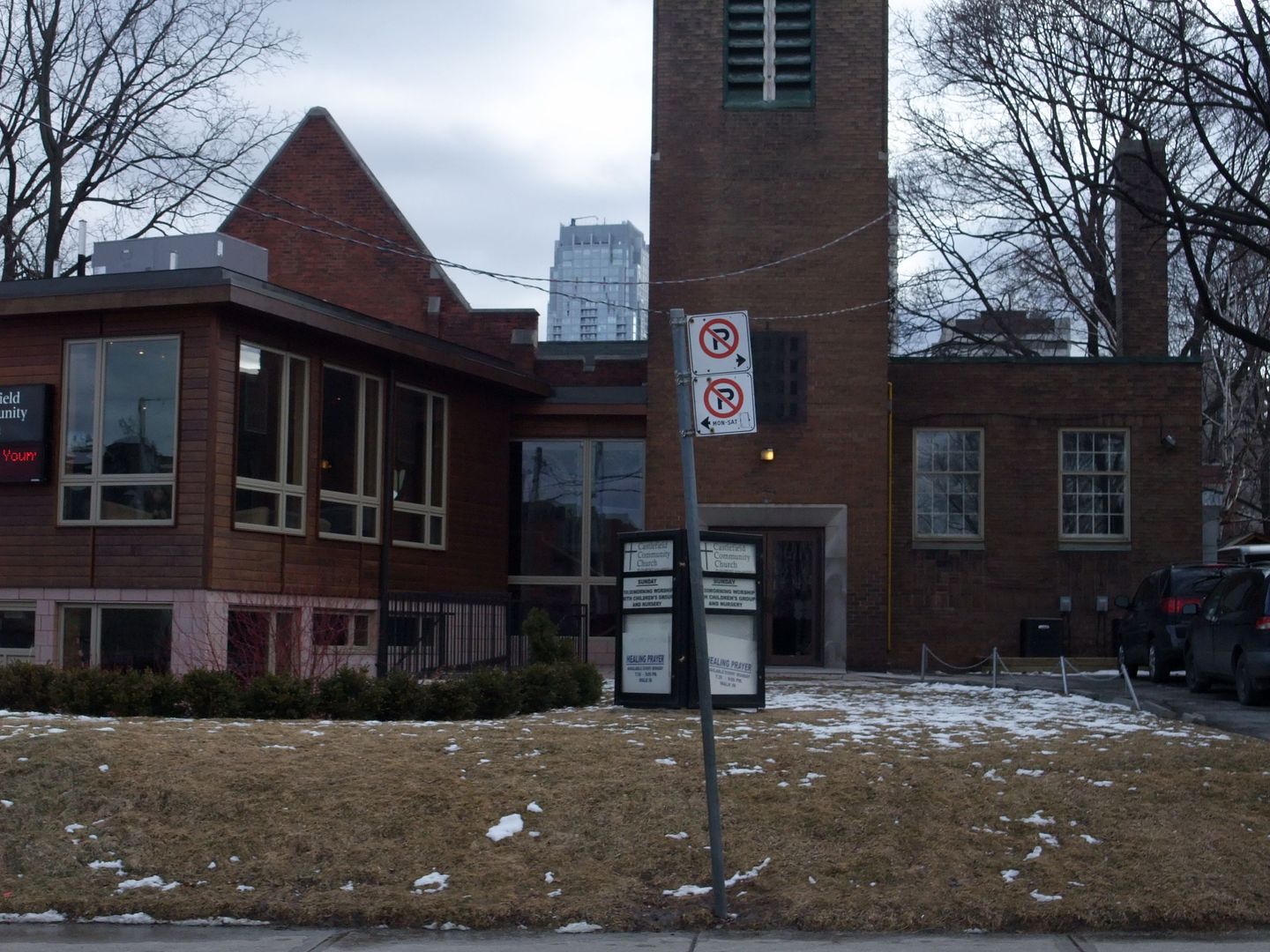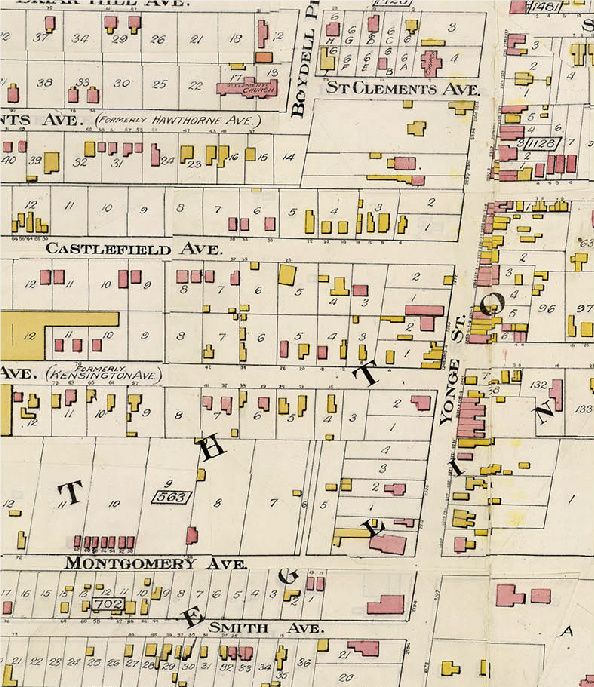April 10 addition.
Then: "Castlefield" 1908.
"Castlefield
James Hervey Price, a lawyer, came to Upper Canada in 1828. After establishing a law practice in York he was able to lot 2, in the first concession west of Yonge Street for f,1,000. This ran west from Yonge Street to Bathurst, between modern Roselawn Avenue and a line just north of Briar Hill Avenue. Two streams, Mud Creek and Yellow Creek, ran through the estate. Castlefield was a red-brick Neo-Gothic residence with four crenellated turrets. It stood east of modern Duplex Avenue. Two turrets flanked the massive double doorway. The long drive to Yonge Street (todays Castlefield Avenue) was lined with elms. There were cottages for the farmer and the coachman, several stables, a barn, with a three-acre orchard in front. In 1834, he was appointed the first City Clerk of the newly incorporated City of Toronto. He was a close associate and supporter of William Lyon Mackenzie, the city's first mayor. Price provided Mackenzie and the Reformers with funds and a place for meetings, but did not support armed rebellion in 1837.
In 1842, Price sold Castlefield to Franklin Jackes, a baker who made a fortune during a flour shortage in 1825. Flour had to come all the way from the mills at Kingston in the 1820s, and severe storms were wreaking havoc on shipping. Jackes was waiting on the wharf one day, when a desperate agent blurted that he would sell off his long overdue shipment for L5, believing it was at the bottom of Lake Ontario. Jackes took up his offer and, when the vessel later sailed into Toronto Harbour, he became a wealthy man. and moved to Eglinton. While he was clearing and ploughing fields, he turned up pottery, pipes, and spearheads from a Huron village that once occupied the site. He died of smallpox at Castlefield at forty-eight years of age and his oldest son, William, bought Castlefteld from his mother. William Jackcs sold the estate to developers in 1885. The Castlefield house remained there until it was demolished in 1918. Castlewood Road, Castle Knock Road, and Castlefield Avenue recall that earlier time."
http://www.lostrivers.ca/points/Castlefield.htm
Now: December 2009.
